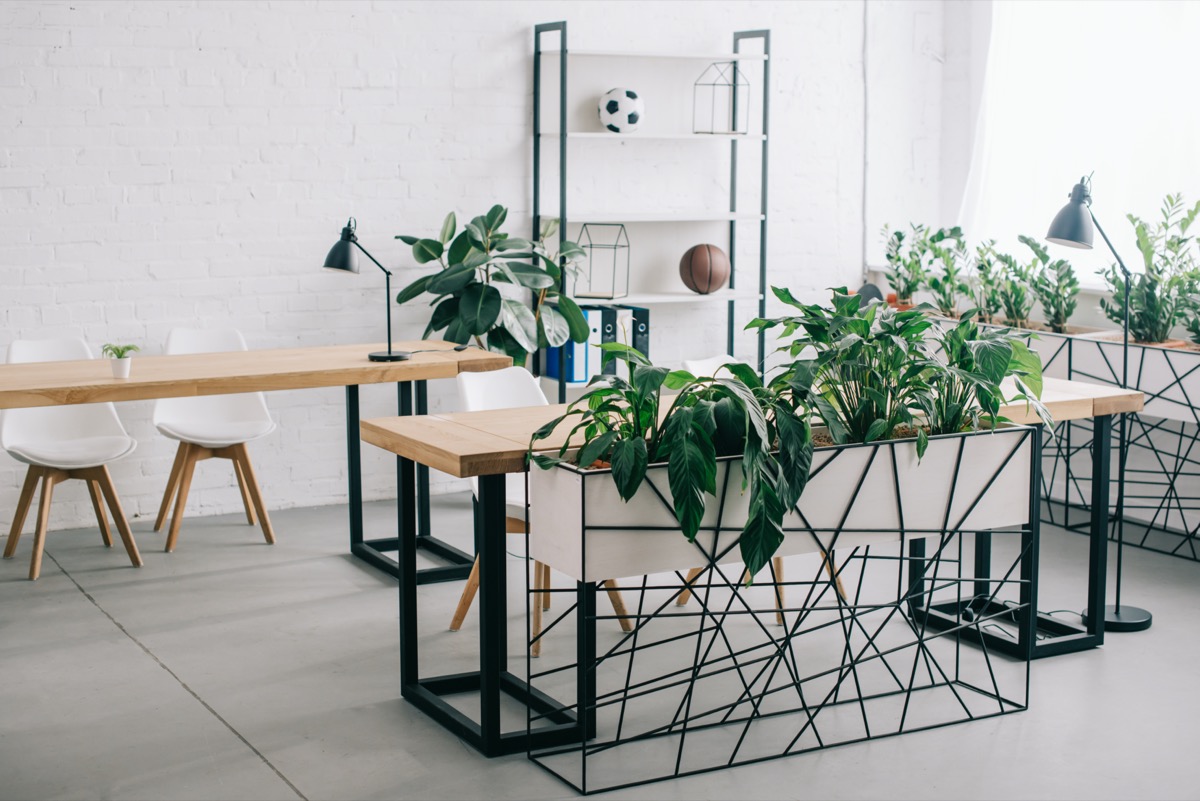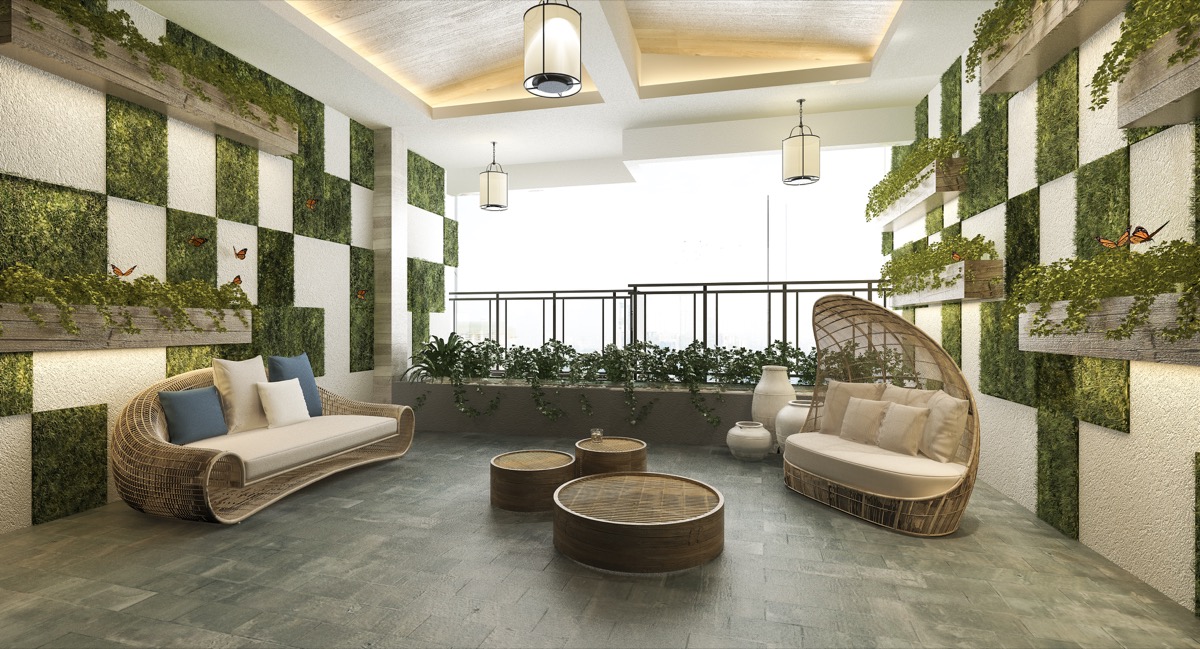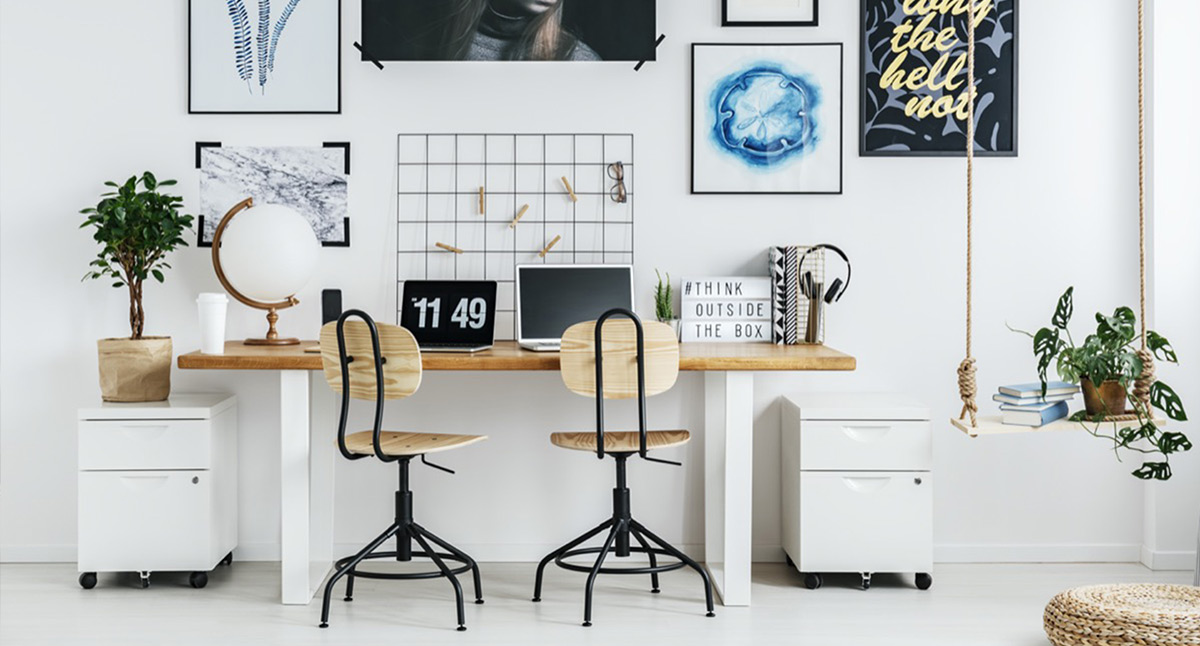Once you’ve figured out whether you need planning approval, you’ll need to think of a design that’s not only visually appealing but also practical for day-to-day work.
According to Lily Bernheimer, founding director of Space Works consulting, an easy assessment of your working space is to follow the BALANCED checklist. This handy acronym stands for biophilia, atmosphere, layout, amenities, noise, cohesion, energy and design.
]Biophilia relates to affinity with the natural environment, while atmosphere means thinking about elements such as the view from your desk and the quality of air, light and temperature.
Here’s what Lily Bernheimer says to consider at the design stages to ensure you get a space that’s conducive to productive working all year round:
Biophilia: natural elements, materials and views
Atmosphere: light, air quality and temperature
Layout: space utilisation and allocation
Amenities: ergonomics and area to rest
Noise: avoiding high sound levels
Cohesion: communication and control
Energy: reducing use of resources and waste
Design: colour, shape, details and style
1. Natural materials
The choice to work from home surrounded by your garden affects your well being and productivity.
Office structures made from natural materials as timber frames and walls filled with natural insulation enable the buildings to breath whilst still keeping a constant temperature and protecting from the bad weather. Besides the practicalities, a big aspect of your project will be the look of your outbuilding. The good news is there’s a broad range of options to choose from to suit your needs and budget.
There are many prefab structures you could pick, and you can either follow a manufacturer’s design or opt for a bespoke construction. For a modern look, consider a flat covering, such as a green roof, and extensive glazing to boost views of leafy surroundings, with a timber clad exterior. Even a dual pitched roof and beech frame has always proved popular, particularly outside the city, with many choosing to build a structure that works both as a garage and home office, either to the side or on a second storey.

2. Natural light
A sun-filled working space will positively affect performance and the same is true if your windows face a picturesque, calming scene. For this reason, many home workers now opt for contemporary-looking structures that benefit from expansive glazing. You’ll want to avoid issues such as screen glare, too, so it’s usually best to position your work station against a window. If you’re worried about security, invest in good-quality locks (PAS 24 is the standard to look for) and sturdy construction, and look to shield expensive equipment from prying eyes for peace of mind. High quality aluminium windows and doors guarantee maximum security and maximum allowance of daylight between a modular frame structure.
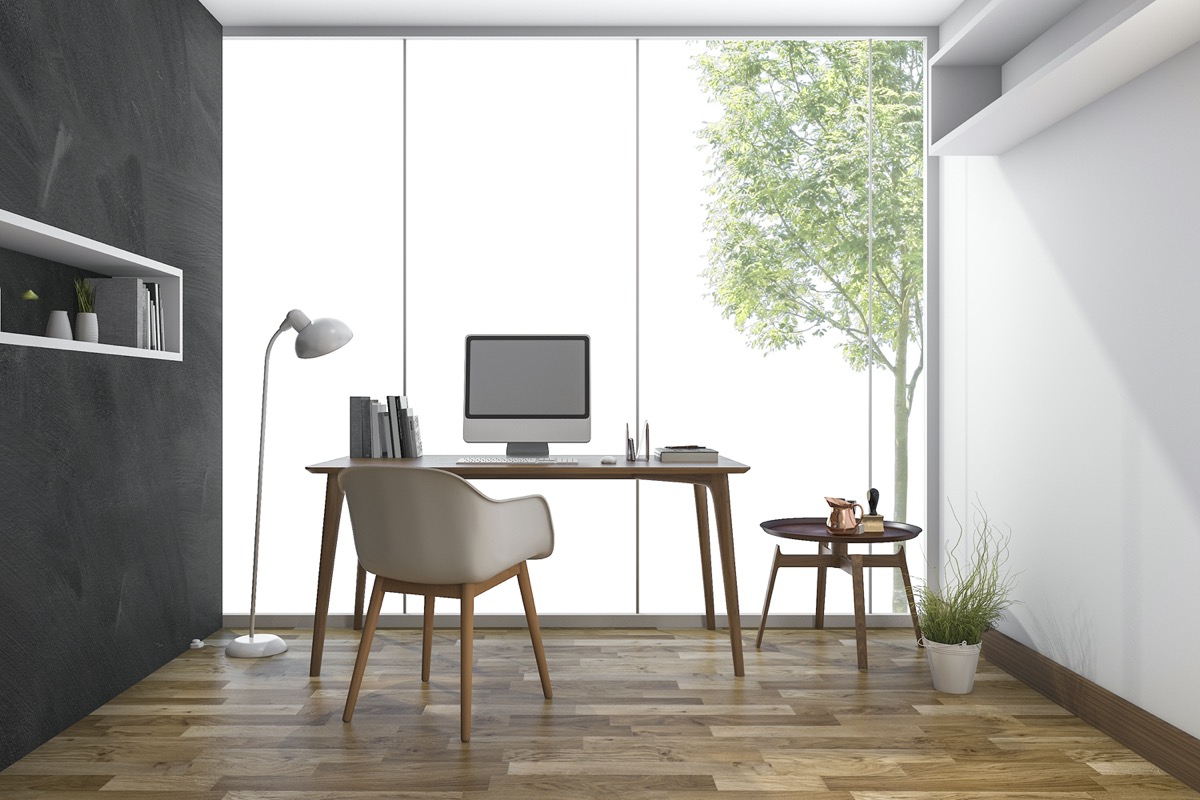
3. Adequate Lighting
Aside from enabling you to see your work clearly, proper lighting sets the entire mood and atmosphere inside your garden office. Experts suggest that natural light works best for your eyes and creativity, but If this isn’t possible, or daylight is gone, however, make sure to add sufficient warm light inside your garden building. For this, lamps are a better option compared to fluorescent bulbs. You can also choose vision-friendly lamps that allow you to see details and read fine prints more easily. Your Design & Build planning team has individual solutions for your home office lighting apart from the standard ranges offered.
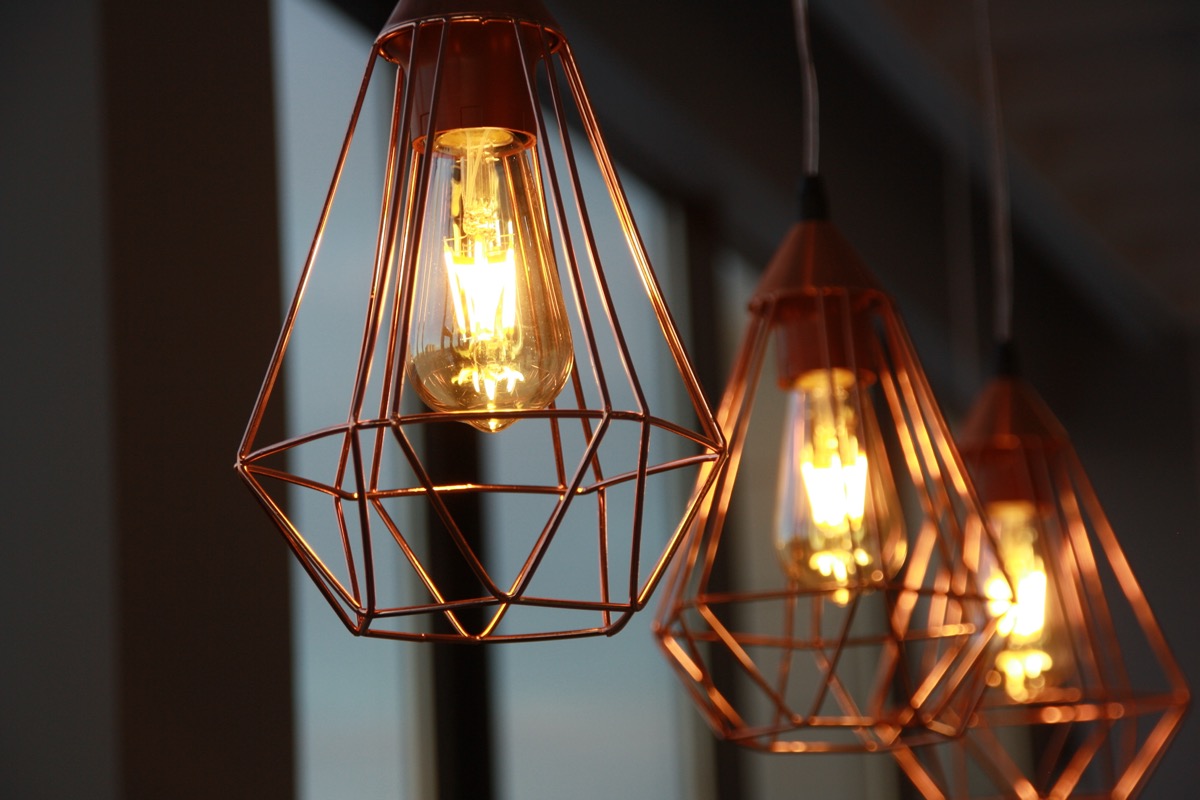
4. Air quality & temperature
Air quality and temperature also play a big part in feeling comfortable in any room. If you are planning on working in your home office through the winter months then you’ll need to make sure the structure is well insulated and that efficient heating and ventilation options are in place.
This might mean hooking up your structure to the house’s main system or fitting a dedicated alternative, such as a small air source heat pump. Your project planner should advise you on the best suitable option for your new space.
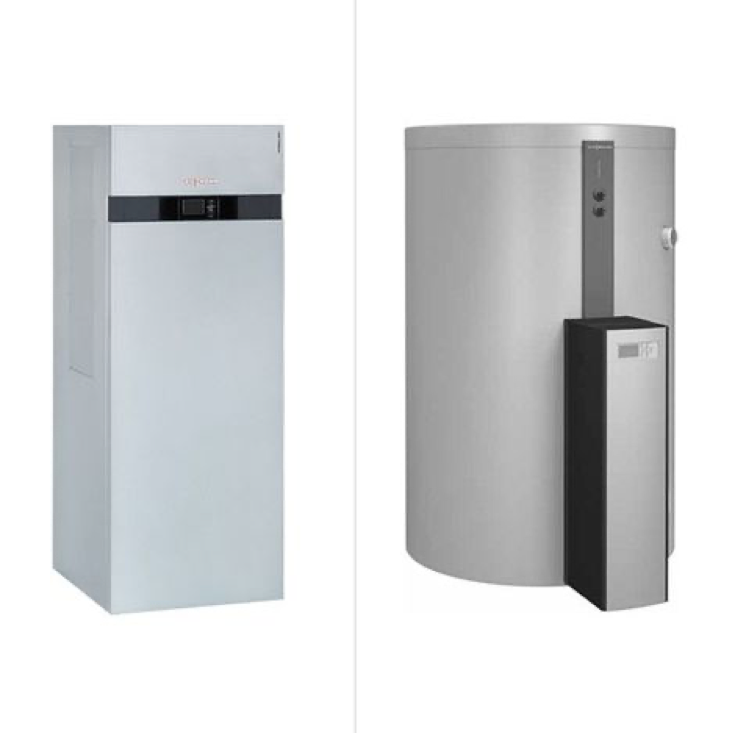
5. Noise reduction
Noise reduction should also play a significant role in your final design. You’ll undoubtedly want a quiet space to concentrate, so sound insulation is important. Alternatively, if you are the one making most of the noise, you’ll want to make sure acoustics are efficient and that the space is shielded to avoid disturbing your neighbours. Inform yourself about the performance of wall and ceiling build-up to ensure high quality materials are used.
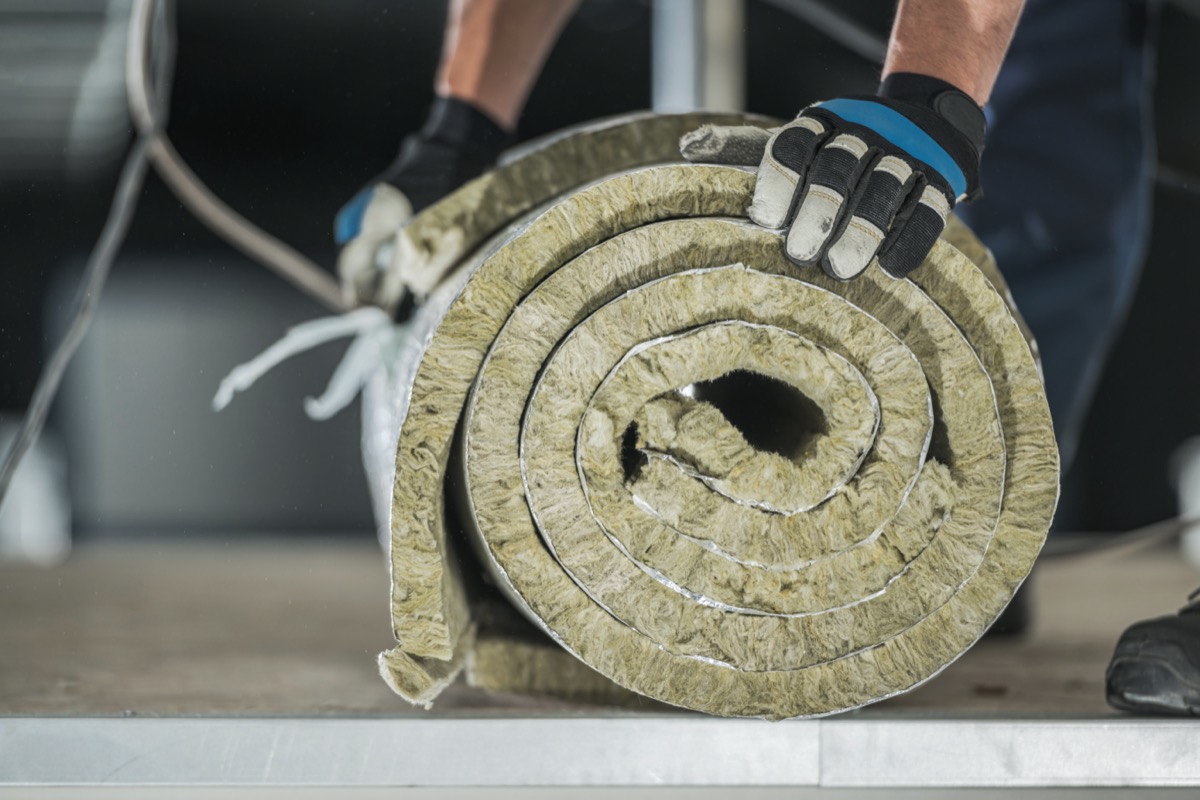
6. Energy reduction
Reducing energy consumption and waste can be a bit more constricted in terms of what you can achieve in small offices, but nevertheless taking this into account will translate into a healthier working environment and lower running costs. Efficient insulation is the best starting point.

7. Comfortable, Ergonomic Chair
Sitting for long periods can lead to a lot of physical problems. To avoid this, make sure to consider proper support for your legs and back when choosing your office chair. As much as we love aesthetic designs, comfort and ergonomics are a lot more important.
So, look for one with adjustable seat height, back support, good cushioning, and adjustable armrests. Make sure always to take breaks to stretch your legs every hour as well, regardless of the type of chair you are using.
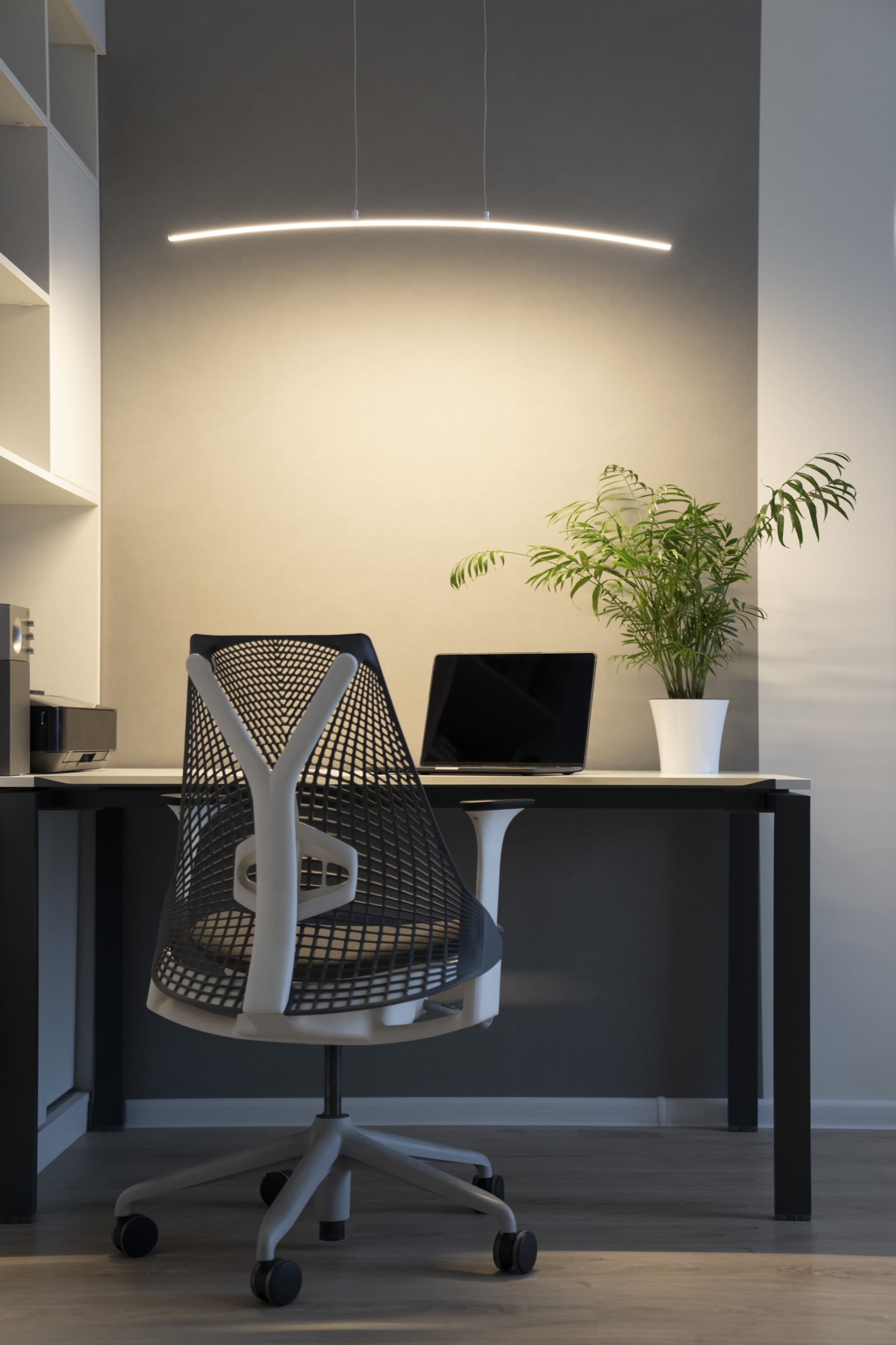
8. Adjustable Desk
Sitting at your desk all day long, as mentioned earlier, isn’t only detrimental to your health but can also be draining. Using a desk that adjusts to different heights, however, can help you switch from sitting to standing whenever you like. They are available at various office supply stores, or you can make one on your own.
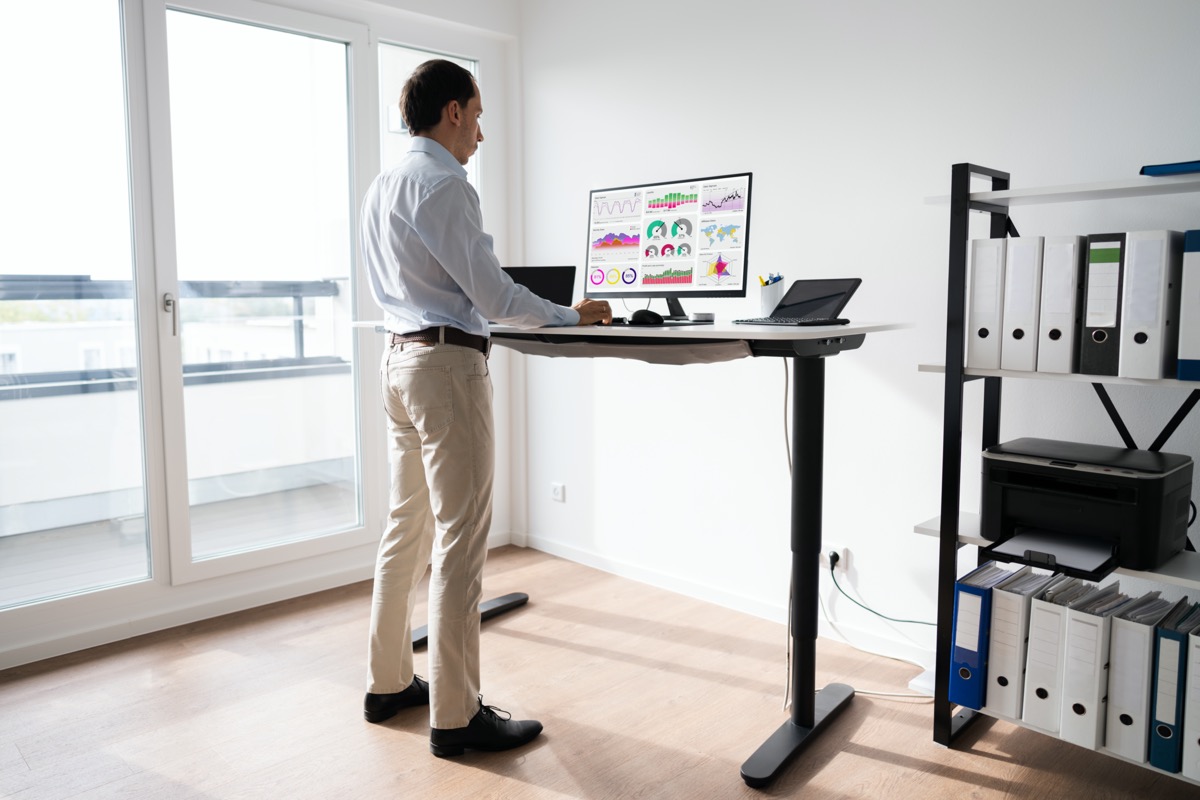
9. Good Computer Set
The computer you use while working at home greatly impacts your productivity and success. So, set one up that completely meets your needs. A laptop, for example, might be the best type if you tend to work from different parts of your garden office. Since it is portable, you can also take it anywhere with you when needed.
If you plan on working only at a desk, on the other hand, a desktop with multiple monitors would be a great choice. Aside from that, make sure that your computer’s hardware and software best suits your specific working requirements.

10. High-Speed Internet Access
It can be really frustrating to work with slow Internet connection especially when you’re trying to meet deadlines. Aside from slowing you down, the lag in time also offers you an opportunity to get distracted.
Prioritise setting up a fast internet connection in your garden office to avoid it from hindering your productivity. You can also set up a router if you plan on using multiple devices.

11. Reliable Communications System / Cohesion
Working from home may require you to communicate with clients and your team. For this, you can consider setting up a separate phone line for business calls or take advantage of online and VoIP services. Cohesion relates to communication and control of your environment. In home offices, the chance to have a quick conversation with colleagues can be missing, so it’s important that you schedule regular breaks to socialise.

12. Greenery
Lastly, aside from all the electronic devices and desk staples you need to have in your garden office, you should also consider putting in a houseplant. Aside from bringing relaxation and fresh smell, a NASA research project discovered that houseplants naturally absorb a lot of toxic indoor air pollutants. Plants can help you concentrate, improve air quality and thus, productivity.
